We've still not got the long, long hoped-for "xMac" mini-tower, but the new Mac Studio ticks a lot of boxes in that famous wishlist.
For at least two decades, the very longest of long-term Mac fans have been rooting for Apple to produce a spectacular machine that somehow along the way got called the xMac. It was speculated to deliver incredible performance, and it was said to be affordable.
This may explain why this remained a wishlist and rumored product, instead of an actual product.
Apple never actually released an xMac, obviously. We may never know if it tried. Apple is famous for prototyping products that never saw the light of day, and you just have to look at the now way-out-of-print Apple design book that documented them all.
And there is that famous image of Steve Jobs in his ridiculously untidy Apple office - with what looks like practically a toy version of the old cheese-grater Mac Pro on his desk.
Maybe that image, which is still hard to confirm provenance of, was the origin of this. Regardless of how it spawned, a certain segment of users longed for the xMac, and it was always seen as being an expandable mini-tower at the end of the PowerPC days and the dawn of Intel on Mac.
That said, this desire could also have been partly because there were a lot of mini-tower PCs around at the time. Or, maybe, because an entry-level G4 tower was $1499 for a while at the turn of the century.
Form follows function
Back in the 1990s, Apple itself had machines like the Macintosh Quadra 700, which came as a kind of mini-tower. That Quadra's 25MHz 68040 processor was never going to cut it as the fabled xMac, though.
Nor was the 2005 Mac mini, nor any of its successors. That machine was originally quite low-powered and, consequently, xMac fans became even more sure that a truly powerful new Mac was inevitable.
But now in 2022, maybe that is exactly what the new Mac Studio is.
It isn't a mini-tower, it's more like two Mac minis atop one another - or the greater part of a Mac G4 Cube with a bit sliced off. But if the desire for a mini-tower was ever anything more than aesthetic, it was with the notion that you could add more PCI-E cards and your own RAM to it.
That's not Apple today, not apart from the current Mac Pro. And even that in its Intel incarnation is on its last legs, as Apple seemed to relish pointing out.
"[Mac Studio joins] the rest of our incredible Mac lineup with Apple Silicon, making our transition nearly complete with just one more product to go Mac Pro," said John Ternus, senior vice president, hardware engineering, at the end of the March 8 event. "But that is for another day."
Mac Studio's xMac performance
So without the optional after-market cards, and the volume those would add, the Mac Studio's form factor offers both some of the desired aesthetics, and also the needed ventilation.
And, PCI-E cards aren't out of the question. Thunderbolt 3 enclosures are (generally) bigger than the Mac Studio is, and some cards do work. They just need proper drivers.
As for great performance, we will have to see and test the Mac Studio in the real world to be sure, but Apple's claims do seem to warrant the word "incredible."
"It's the first computer to put outrageous performance, extensive connectivity and entirely new capabilities into an unbelievably compact form that lives right on your desk where it's always within easy reach," said Colleen Novielli, product line manager, Mac, during the March 8 event.
"When you compare Mac Studio to our most powerful Mac desktops, the 27-inch iMac and Mac Pro, it takes performance to astonishing new heights," she continued. "For CPU performance, Mac Studio with M1 Max is up to 2.5 times faster than the fastest 27-inch iMac - and up to 50% faster than a Mac Pro with 16-core Xeon processor."
"[Then] CPU performance on Mac Studio with M1 Ultra is up to 3.8 times faster than the fastest 27-inch iMac," said Novielli, "and it's up to 90% faster than the Mac Pro with 16 cores. We can even compare Mac Studio with M1 Ultra to the Mac Pro with 28 cores - it's up to 60% faster."
The "xMac" was imagined to be headless
And while there never truly was a consensus over the precise specifications of the xMac, there was this. Waxing and waning for over a decade, fans wanted an xMac that was headless.
Mac Studio, like the entry-level Mac mini, and the top of the range - at least in price - Mac Pro, comes without a display. And Apple has launched quite the display to go with this new Mac.
Maybe true xMac fans have always been the type who want to assemble their own choice of absolute optimum systems, based around this fabled Mac. So maybe they wouldn't be drawn to the Apple Studio Display.
Just looking at the Mac itself, though, this new Mac Studio is not very much bigger than a Mac mini - and yet it is much faster than a Mac Pro. And it costs from $1,999, where the cheapest Mac Pro starts at $5,999.
That means Mac Studio has incredible performance. If it's not exactly affordable, it's a lot more affordable than the Mac Pro for the money, at the cost of the PCI-E slots.
So if xMac dreams were always about the machine itself instead of peripherals like the display, this Mac Studio has got to be the closest Apple has ever been - and maybe will ever be.
 William Gallagher and Mike Wuerthele
William Gallagher and Mike Wuerthele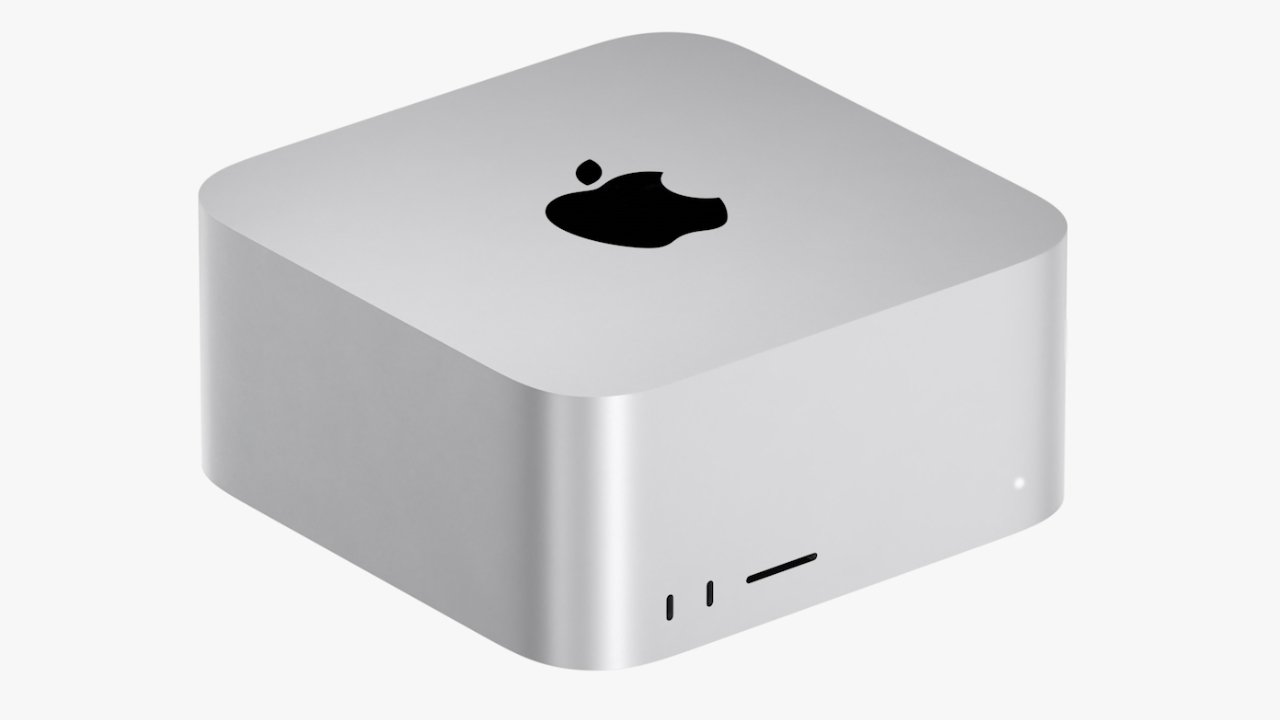
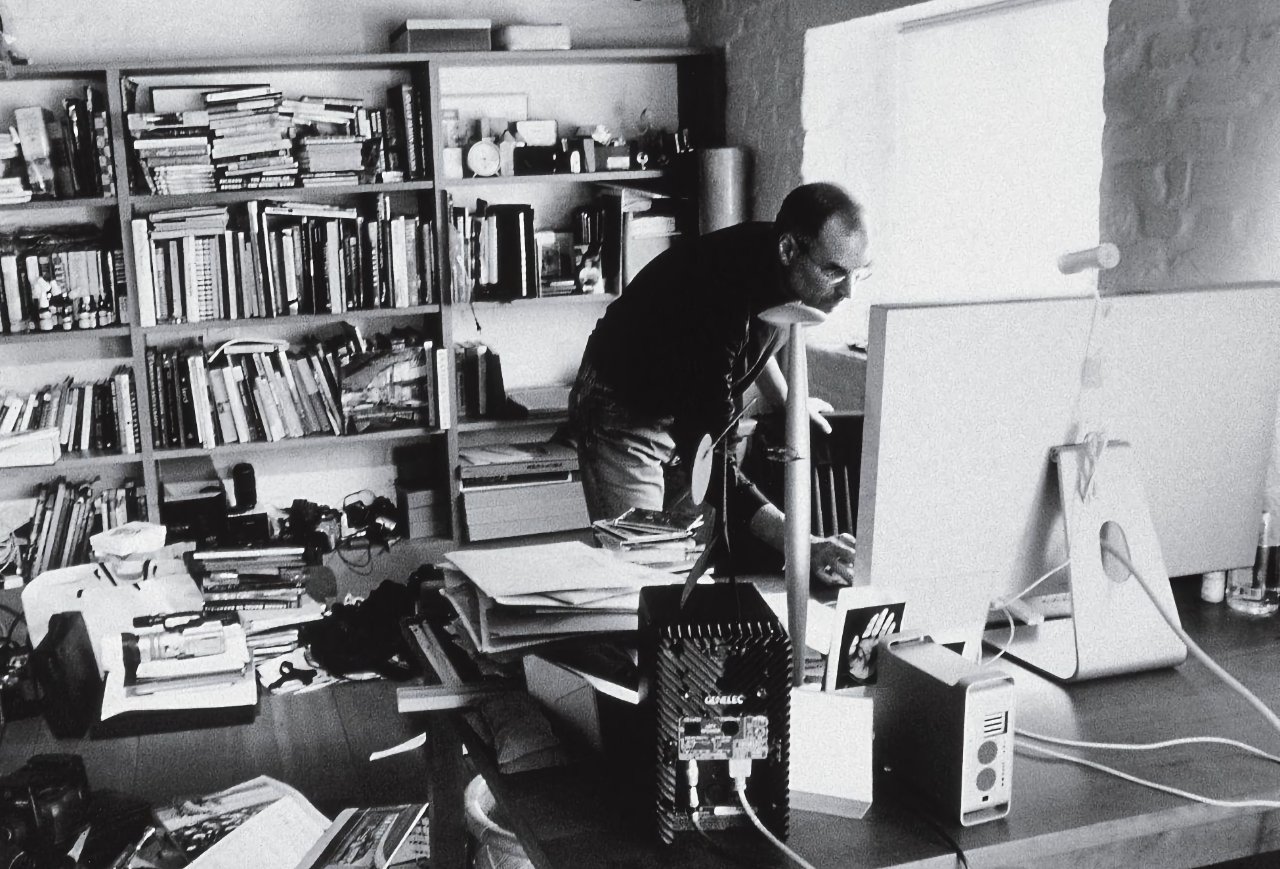
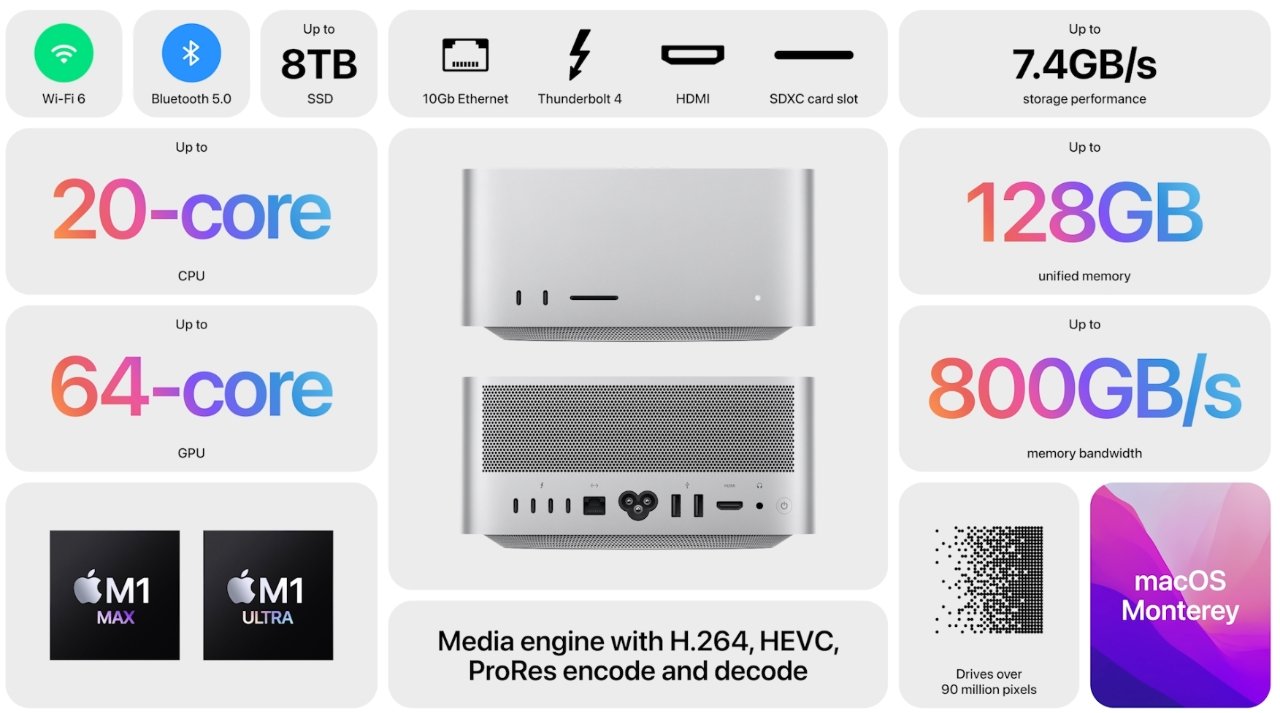


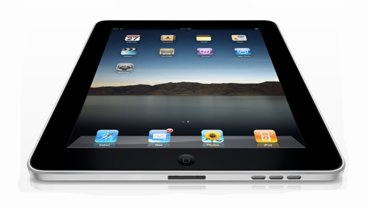




-m.jpg)






 Andrew Orr
Andrew Orr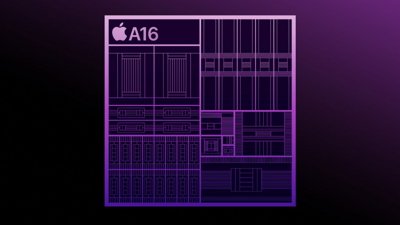
 Wesley Hilliard
Wesley Hilliard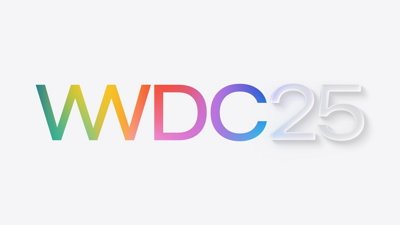
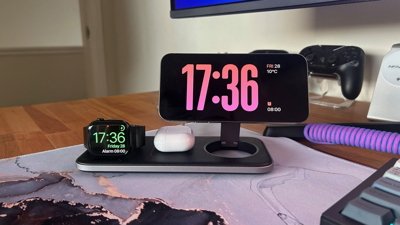
 Oliver Haslam
Oliver Haslam
 Christine McKee
Christine McKee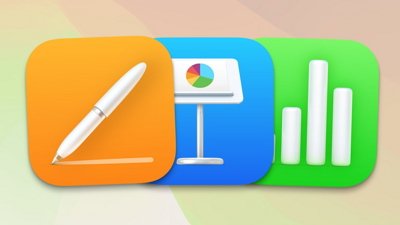
 Amber Neely
Amber Neely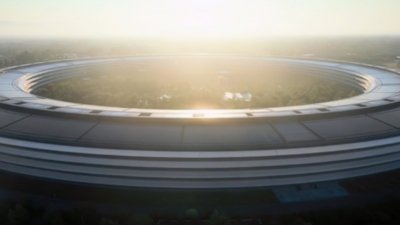








46 Comments
Great work by Apple! I wish the SDXC slot was inclusive of CFexpress Type B. I wish the Mac Studio was made in the USA.
USB-A ports, finally!!
Yeah, this pretty much ticks all the boxes for me, with the exception of expandability (which in my case is just entry-level cost-savings). I don't have any cards to put in it, and I wonder how many people really do anymore.
The big point of having enough computing power in a machine that can actually cool itself adequately, looks to be addressed (I assume it cools itself well enough to run full-out for long periods w/o degrading the hardware).
I do wish eGPUs would return, so I could add even more future GPU power (whereas an xMac could have done that). But, aside from that, this is perfect (or better, given the form-factor).
Bravo, Apple!
(And, apologies to everyone who had to put up with so many of us complaining for years or decades, but I'd like to think maybe we played some role in this finally coming to fruition. The reason I say that, is because they absolutely could have built this thing to be just a bit taller than the current mini, w/o adequate cooling... which is what they've been doing for decades!)